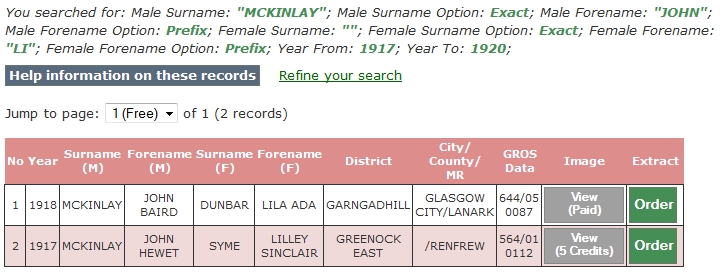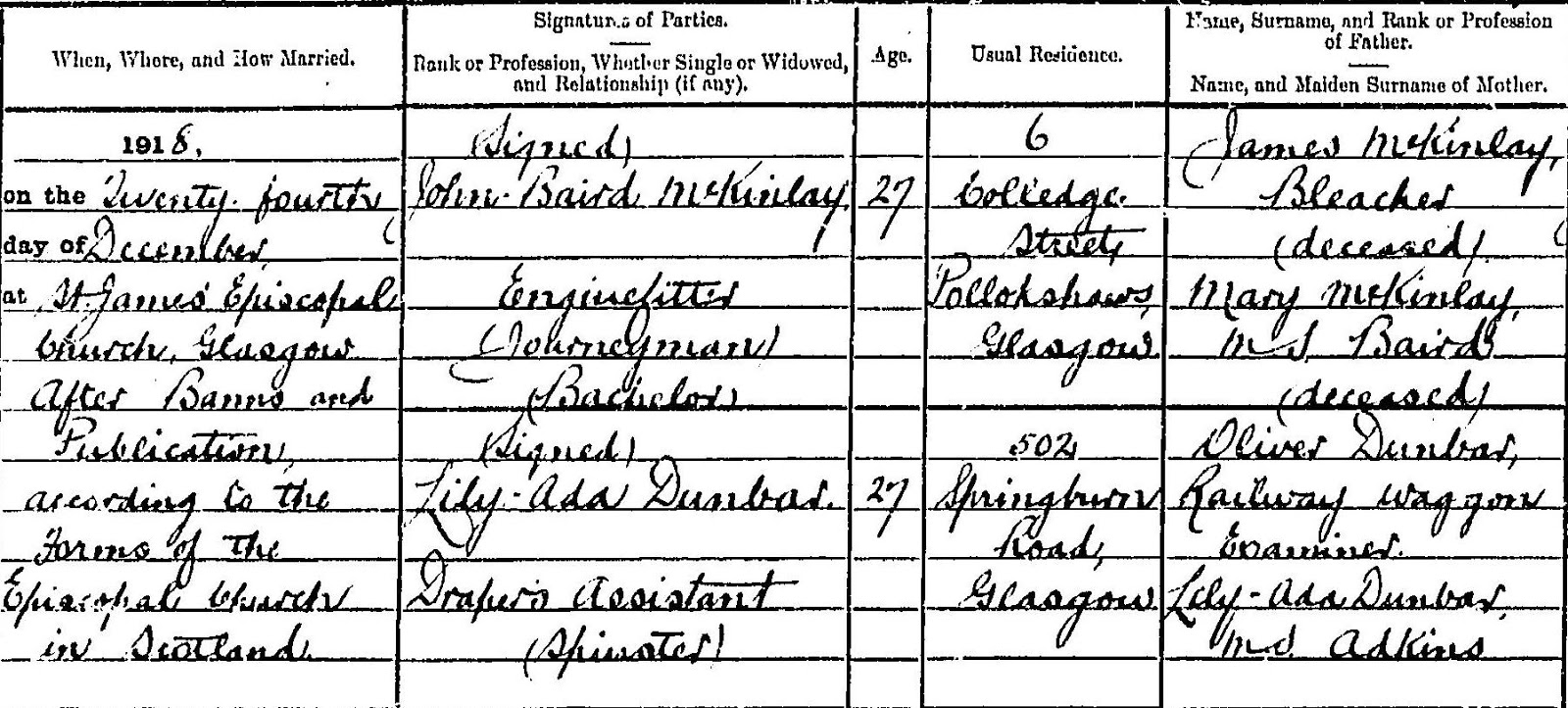One province where I find a number of branches of my family tree is New Brunswick, Canada. Fortunately there are some great online resources that touch upon that province. The best and my go to site is the Provincial Archives of New Brunswick, AKA PANB. There you will find quite a number of freely available resources including1:
- Vital Statistics from Government Records. This collection often includes the images of the documents that you can download to your computer...for free. It includes:
- Index to Late Registration of Births (1810-1919)
- Index to Late Registration of Births: County Series (1869-1901)
- Index to County Birth Registers (1800-1913)
- Index to Provincial Registrations of Births (1870-1919)
- Index to New Brunswick Marriages (1847-1964)
- Index to County Death Registers (1885-1921)
- Provincial Returns of Deaths (1815-1919)
- Index to Death Certificates (1920-1964)
- Daniel F Johnson's New Brunswick Newspaper Vital Statistics. The late Daniel F. Johnson, over a span of 23 years, went through many of the early New Brunswick newspapers and indexed the names found within. Many times this index will be the only clue concerning a birth, marriage, or death of your ancestor.
- Wallace Hale's Early New Brunswick Probate, 1785-1835. This is a database created from Wallace Hale's "Early New Brunswick Probates, 1785-1835" and has been made freely available to all researchers through this site. Since this is an abstract of the probates you should go to your local library and order, through the Interlibrary Loan program, the microfilm containing the probate file from PANB.
- Index to Marriage Bonds 1810-1932. This is an index of the marriage bonds. Just note that the date of the bond is not that of the marriage. Additionally the couple may not have gone through with the marriage.
- Index to Land Petitions: Original Series, 1783-1918. If you are tracing Loyalist ancestors in New Brunswick this is a great resource. Although an index it does tell you which microfilm you need to order via the Interlibrary Loan program so you can view the petition.
- Wallace Hale's Fort Havoc. For my Loyalist research Wallace Hale's Fort Havoc collection has been very useful since PANB has posted many of his transcriptions of documents that may be hard to find.
- Place Names of New Brunswick. If I am trying to find a name of a community in New Brunswick this is my starting place. Here you will find descriptions of communities, some of their history, distances to nearby places, and, most importantly, cadastral maps from the early to mid 1800s.
FamilySearch has also a number of freely available records on their site concerning New Brunswick. Although you can find the vital statistics collection on the Provincial Archives of New Brunswick site sometimes using the search by the names of parents only to find missing children is easier on FamilySearch. But the main reason to use FamilySearch is for the New Brunswick, County Deed Registry Books, 1780-1930 collection. Although not computer indexed this collection isn't that hard to use. You will not only find land transactions like deeds and mortgages but also copies of wills and separation agreements. Basically if it had to do with buying, selling, or transferring land you will probably find it in this collection.
For recent obituaries, besides searching the Obituary Daily Times, I also stop by the obituary search page for the Telegraph-Journal. Since that site searches the contents of the posted obituaries I often find mentions of siblings and spouses within the obituaries.
Archive.org is another site I make use of after I have found the information in the vital statistics and census pages. Maybe you have come across a notation like "NYGBR v35" when looking for your New Brunswick Loyalists. First you need to know that NYGBR refers to the "New York Genealogical and Biographical Record". Since that volume is out of copyright the fine folks at the Internet Archive have actually digitized that book for your viewing and reading pleasure. You can also find a black and white scan of the Atlas of the Maritime Provinces of the Dominion of Canada for viewing and even downloading to your computer.
For the first edition of the Atlas of the Maritime Province of the Dominion of Canada then check out the David Rumsey Map Collection. Actually, just check out his site for an amazing collection of old maps. You can also drop by the Grant Reference Plan Viewer provided by GeoNB. Of course if helps if you already know where your ancestor settled in the province first.
There is always a good Google search to find interesting sites. Places such as FamilyHeritage.ca and New Brunswick GenWeb
Hopefully these sites will help in your exploration of your New Brunswick ancestors.
1. This is just a highlight of what is available. There is so much more.
2. Sort of easy. It all depends on the index transcription.












%2B-%2Bedited.jpg)




